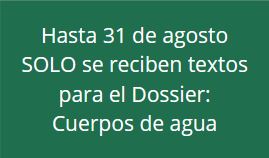La curva de Kuznets ambiental de Perú 2010-2020: una visión departamental
DOI:
https://doi.org/10.18800/kawsaypacha.202402.D005Palabras clave:
Curva de Kuznets ambiental, Inclusión financiera, Panel data, Parque automotor, Temperatura promedioResumen
El objetivo de este artículo es comprobar empíricamente la existencia de la curva de Kuznets ambiental entre el crecimiento económico y la temperatura promedio utilizando datos departamentales del Perú durante el periodo 2010-2020. Como resultado, se encontró que el impacto del PBI per cápita departamental es negativo sobre la temperatura promedio, lo cual sugiere que un incremento del 1% del PBI per cápita departamental disminuiría en 1.92% la temperatura promedio en las regiones del Perú. Estos resultados son contundentes para negar la existencia de la hipótesis de la curva de Kuznets ambiental. Lo cual nos sugiere que en realidad estamos frente a una curva en forma de U.
Descargas
Los datos de descargas todavía no están disponibles.
Publicado
2024-10-14
Cómo citar
Erazo-Camacho, M. R., Cubos-Sifuentes, U., Mejia-Avalos, M. R., & Ramirez-Santana, A. L. (2024). La curva de Kuznets ambiental de Perú 2010-2020: una visión departamental. Revista Kawsaypacha: Sociedad Y Medio Ambiente, (14). https://doi.org/10.18800/kawsaypacha.202402.D005
Número
Sección
1. Herramientas de gestión sostenible















